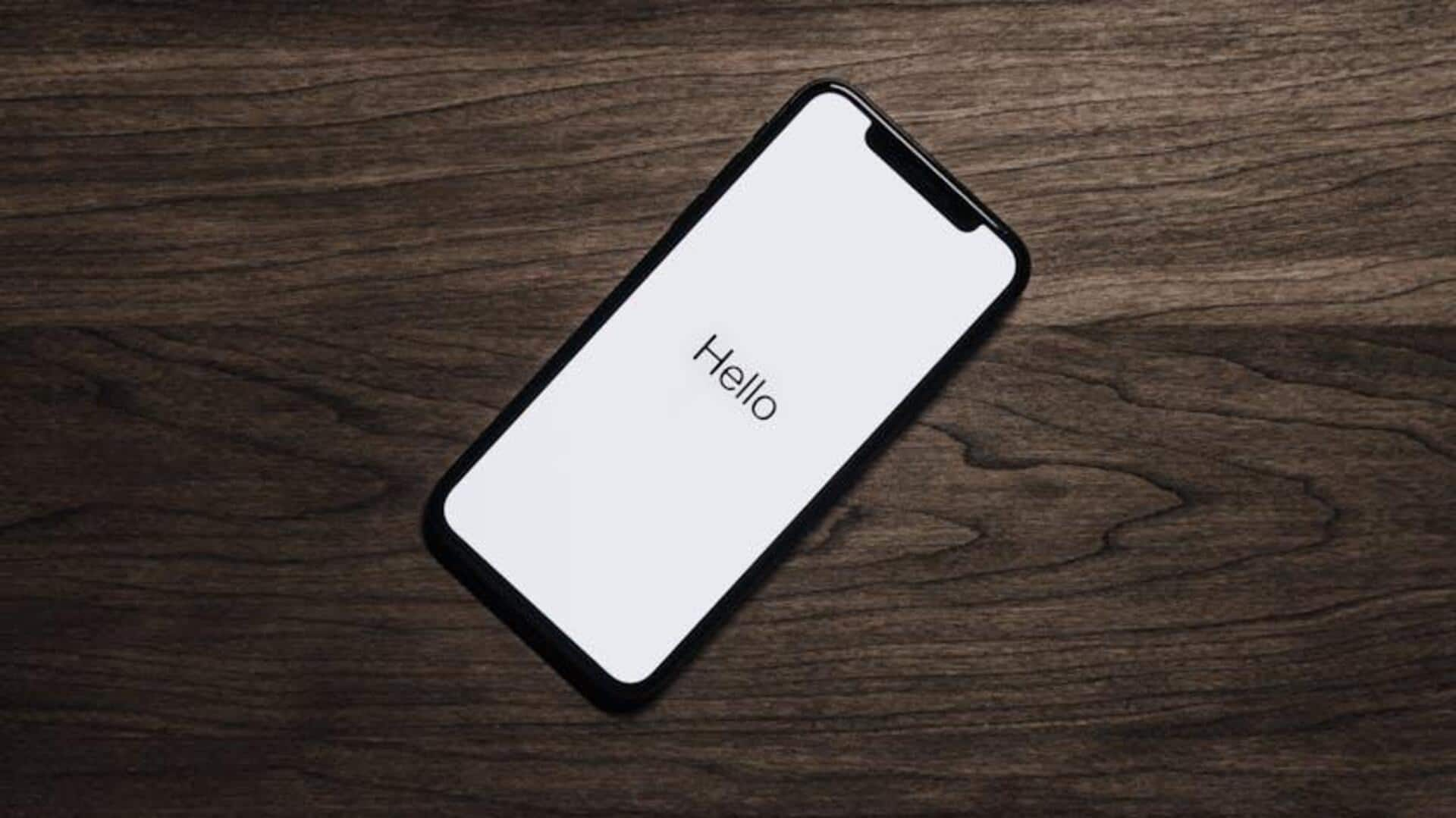
Here's a smart way to automate your phone
What's the story
Automating tasks on your smartphone can save time and boost productivity. By setting up custom workflows, you can eliminate repetitive actions, letting your device handle them automatically. This is all about using apps and built-in features to create a sequence of actions that get triggered under certain conditions or commands. From sending a message at a particular time to organizing files, automation can make your daily routine easier and more efficient.
Native tools
Using built-in automation apps
Most smartphones also pack in-built automation tools to create simple workflows. For example, iOS devices have the Shortcuts app, which enables users to automate tasks such as sending messages or setting reminders by location or time. Android devices also have the same capability via Google Assistant routines. These native tools are easy to use and serve as a good starting point for beginners.
External solutions
Third-party automation apps
For more complex workflows, third-party apps offer advanced features beyond what native tools provide. Applications like Tasker for Android or IFTTT (If This Then That) for both platforms enable users to link multiple services and create intricate task sequences. These apps support a wide range of triggers and actions, allowing for highly customized automation tailored to individual needs.
Geofencing techniques
Setting up location-based triggers
Location-based triggers leverage geofencing to perform tasks when entering/leaving certain areas. For instance, you can configure your phone to silence notifications when you enter work or send an automatic text when you leave home. This can be an excellent way to manage settings without having to do anything manually, making your device adjust seamlessly as you move through the day.
Scheduled actions
Time-based automation strategies
Time-based automations perform tasks at pre-defined times or intervals. For instance, you could schedule your phone to go to Do Not Disturb mode while you are sleeping or backup data every evening at eight PM. By planning these actions ahead, you ensure that your routine is managed consistently without requiring constant attention from the user.
Connected ecosystems
Integrating smart home devices
Integrating smartphone automations with smart home devices creates a cohesive ecosystem where multiple gadgets work together harmoniously. For instance, setting up a workflow that turns off lights when activating bedtime mode on your phone enhances convenience, while conserving energy resources efficiently across connected systems within the household environment.